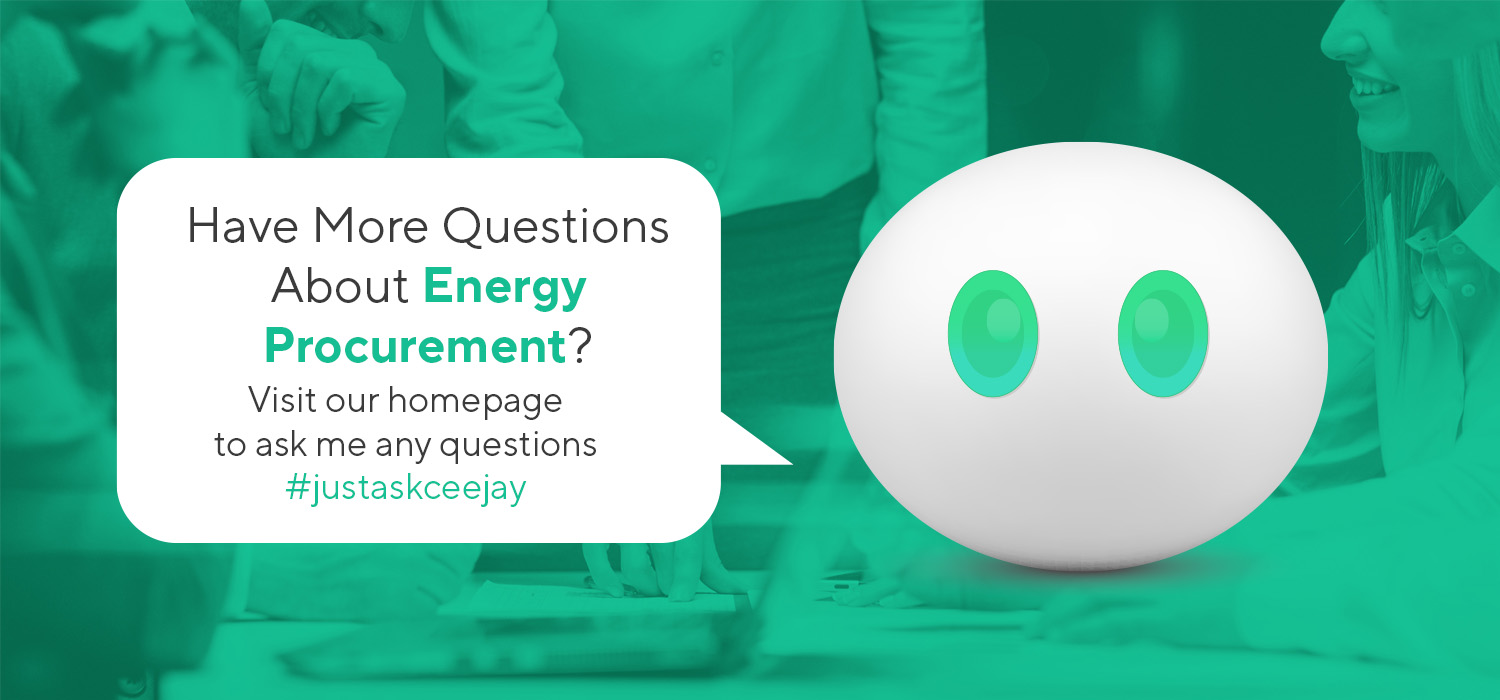Strategic Advice for Corporate Procurement, Finance Directors & CEOs
In 2025, the UK’s commercial energy landscape is more volatile than ever. Energy costs fluctuate sharply, driven by geopolitics, supply chain stress, and the global transition to net zero. Regulation, investor scrutiny and ESG reporting pressures are increasing too. For senior decision-makers, this volatility creates risk; and also opportunity.
Yet many businesses still approach energy procurement as an annual admin task; one that’s often delayed until a contract is about to expire. In today’s market, that reactive approach is not just outdated; it’s dangerous.
Procurement teams, finance directors and CEOs must now see energy as a strategic business cost. It’s not simply a utility to renew; it’s a live commercial exposure that requires data, structure and timing. And if managed proactively, it can become a lever for cost savings, risk control and carbon reduction.
The 2022 Energy Crisis: What It Taught Us
The 2022 energy crisis was a turning point for UK organisations. Wholesale electricity and gas prices spiked as Russia’s invasion of Ukraine triggered supply shocks and exposed the fragility of global energy markets. In the UK, many businesses faced their renewals during the October tender window; historically a peak pricing period.
Those that had left procurement to the last minute had no option but to accept rates at the top of the market. Some locked in long-term contracts without market benchmarking or bespoke structuring. Others panicked, missed deadlines, or defaulted onto costly rollover tariffs.
In contrast, organisations that had acted earlier, often with the support of expert consultants rather than brokers, had already secured contracts on favourable terms. Some had fixed longer contracts pre-spike; others had implemented flexible strategies with hedging built in.
The lesson: waiting until your contract expires is no longer viable. Energy markets move too fast, and too far.

Year-round data analysis supports a resilient and cost-effective energy procurement strategy.
What Is Year-Round Energy Procurement?
Year-round energy procurement does not mean renegotiating every week. It means creating a structure where decisions are planned, data-led, and aligned with your risk appetite and budget cycles.
A smart strategy includes:
Suppliers now offer forward contracts up to 12–24 months in advance. That opens the door to proactive, strategic planning; rather than reactive, last-minute decisions.
Why Timing Is Everything
Market volatility is the new norm. According to Ofgem’s guidance for businesses, UK energy prices can shift dramatically based on external global events. A sudden cold snap in Asia, geopolitical tension in Europe, or a change in gas storage forecasts can move prices by double digits in days.
That means even a few weeks’ delay in procurement can translate into tens or hundreds of thousands in additional cost. We’ve seen clients spend 25% more just by missing a pricing window.
Being able to secure contracts well in advance gives businesses critical leverage. It lets them fix when prices are low, spread volume across different contract dates, and take advantage of dips in the market; rather than being at the mercy of them.

Avoid costly pitfalls with a proactive and adaptive energy procurement strategy.
The Pitfalls of Annual Tenders
The traditional model; get three quotes once a year and choose the best; no longer works. In fast-moving commodity markets, this approach creates more risk than reward.
Common issues include:
Worse still, if a contract deadline is missed, businesses may default onto deemed rates, which can be 30–50% higher than negotiated ones.
Tailoring Your Strategy by Energy Use
Low Energy Users
If you operate a network of offices, shops or smaller facilities, energy may not be your biggest spend; but poor timing still has a big impact.
Common mistakes:
Recommended approach:
Even at modest usage, a 25% swing in market price could equate to thousands in savings; if captured at the right time.
🏭 High Energy Users
For manufacturers, NHS trusts, universities, and commercial property portfolios, energy is a strategic cost line. A single procurement mistake can hit EBITDA, cash flow, and even investor relations.
Risks of a reactive approach:
Strategic options include:
📊 For a business with a £1m energy spend, market mis-timing could mean £200k in avoidable cost. That’s material to your bottom line.

Align finance and operations with a unified energy procurement strategy.
Procurement and Finance: Why They Must Align
Energy is no longer just a procurement decision. It is a financial risk that must be managed alongside other exposures like FX, interest rates or raw materials.
Procurement should:
Finance should:
By working together, these teams can deliver better outcomes: stronger pricing, reduced risk, and more confidence in forecasts.
Integrating ESG and Net Zero into Procurement
Every energy contract is also a sustainability decision. Corporate energy buyers are increasingly being asked to:
At Inteb, we help clients align their energy procurement with their carbon goals — whether that’s via REGO-backed electricity, offset frameworks, or long-term renewable Power Purchase Agreements.
Procurement Strategy Comparison Table
| Feature | Low Energy Users | High Energy Users |
| Budget Sensitivity | Moderate | High |
| Best Buying Window | 6–12 months | 12–24 months |
| Contract Flexibility | Low | High |
| Procurement Complexity | Low | High |
| Risk of Poor Timing | Medium | Severe |
| Ideal Strategy | Forward fixed | Risk-managed hybrid/flex |
Summary: Benefits of a Year-Round Strategy
Better timing = better pricing
Improved cash flow predictability
Stronger supplier relationships
Full alignment with carbon and ESG goals
Reduced admin pressure and procurement fatigue
Transparent audit trail for board, funders or regulators

Have questions about energy procurement? #justaskceejay on our homepage.
Final Thought: Energy Is a Live Risk; Manage It Accordingly
If you only think about energy once a year, you’re missing both opportunity and exposing your business to unnecessary risk. Whether you buy 1GWh or 100GWh, proactive procurement protects budgets and unlocks competitive advantage.
A one-off quote won’t cut it anymore. A smart strategy will.
Ready to Build a Smarter Procurement Plan?
Inteb supports UK businesses of all sizes with structured, transparent and forward-looking energy procurement. From fixed to flexible contracting to ESG-compliant supply, we help you buy better, not just cheaper.
📞 Book a discovery call or a face to face meeting
🔍 Explore our energy buying services